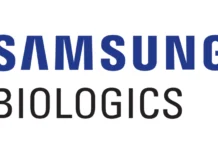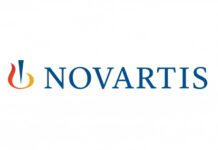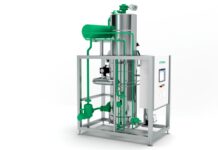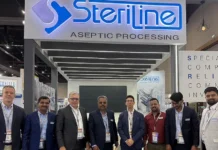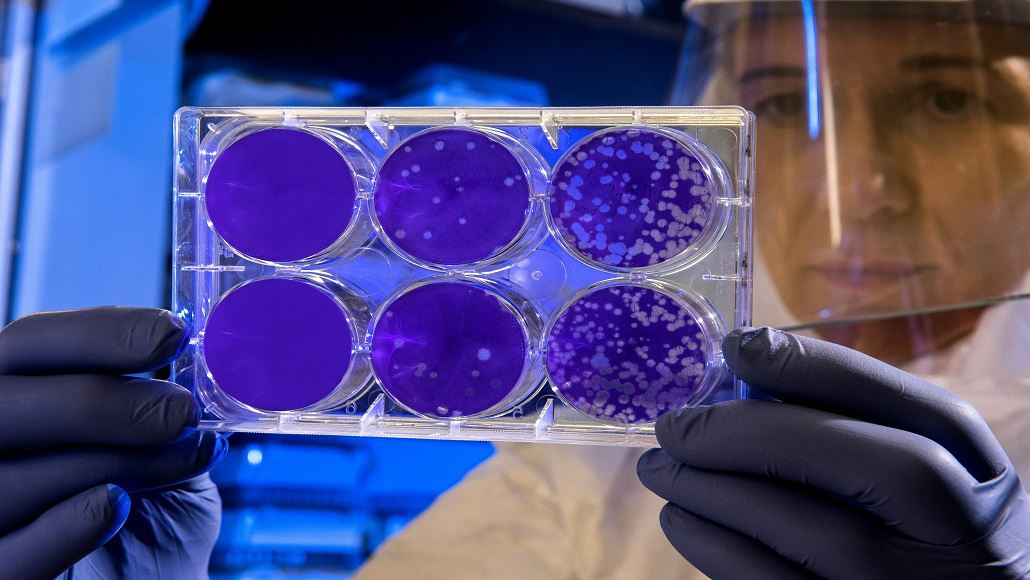Receptor Grade IGF-1 LR3, an engineered analog of Insulin-like Growth Factor-1 (IGF-1), has emerged as a molecule of significant interest in scientific research. This peptide, studied for its structural modifications and extended half-life, has been hypothesized to possess unique properties that may contribute to its relevance across various investigative domains. By exploring its potential impacts on cellular processes, metabolic pathways, and regenerative mechanisms, researchers are uncovering new avenues for understanding complex biological systems.
Structural Characteristics and Mechanisms of Action
IGF-1 LR3 is a recombinant peptide derived from IGF-1, an endogenously occurring growth factor believed to play a pivotal role in cellular growth and development. The peptide’s structure has been modified to include an arginine substitution at position three and an extended amino-terminal sequence. These alterations are theorized to support its receptor affinity and prolong its half-life, thereby increasing its bioavailability in laboratory settings.
The peptide is believed to interact with IGF-1 receptors on the surface of cells, initiating intracellular signaling cascades that regulate various cellular functions. Key pathways implicated in these processes include the PI3K-AKT and MAPK pathways associated with cell growth, differentiation, and survival. It has been hypothesized that these interactions might enable IGF-1 LR3 to impact cellular dynamics distinctively from its endogenous counterpart.
Implications in Cellular and Regenerative Research
One of the most compelling areas of investigation involves the peptide’s potential role in cellular and regenerative research. It has been theorized that IGF-1 LR3 might promote cellular proliferation and differentiation, making it a valuable tool for studying tissue development and repair. For instance, studies have suggested that the peptide may support the growth of specific cell types in controlled laboratory environments, providing insights into the mechanisms that govern cellular regeneration.
In the context of stem cell research, IGF-1 LR3 has been explored for its potential to support the function and longevity of stem cells. Investigations have purported that the peptide might influence the microenvironment of stem cells, thereby facilitating their differentiation into specialized cell types. This property may have implications for understanding tissue engineering and regenerative science.
Metabolic Research and Energy Dynamics
The peptide’s structural similarity to insulin has led to its exploration in metabolic research. It has been hypothesized that IGF-1 LR3 might impact glucose metabolism and nutrient partitioning, offering a unique perspective on regulating energy dynamics within the organism. Research indicates that the peptide may enhance glucose uptake and amino acid transport in certain cellular models, thereby contributing to studying metabolic disorders.
Additionally, IGF-1 LR3 has been associated with mitochondrial function and energy production. Some hypotheses propose that the peptide might influence mitochondrial biogenesis and oxidative phosphorylation, potentially modulating ATP synthesis and cellular energetics. These findings suggest that IGF-1 LR3 may serve as a valuable tool for investigating the molecular underpinnings of metabolic science.
Implications for Muscle Cell and Muscular Tissue Research
The potential role of IGF-1 LR3 in muscle and tissue research has also been a focal point of scientific inquiry. It has been theorized that the peptide might promote muscle cell growth and repair by activating signaling pathways involved in protein synthesis and cellular regeneration. This property has made IGF-1 LR3 a subject of interest in studies aimed at understanding muscle physiology and tissue remodeling.
In research models observed in laboratory settings, the peptide has been suggested to support the synthesis of collagen and other extracellular matrix components essential for tissue integrity. These findings underscore its potential utility in wound healing and tissue engineering research.
Cellular Aging and Longevity Research
The potential impacts of IGF-1 LR3 on cellular aging and longevity have garnered attention in recent years. It has been hypothesized that the peptide might modulate cellular stress responses and promote the maintenance of cellular function during aging. Investigations suggest that IGF-1 LR3 may impact pathways associated with cellular senescence and oxidative stress, thereby contributing to the study of cellular age-related processes.
In laboratory settings, the peptide has been linked to improved cellular resilience and extended lifespan in certain models. These findings have spurred interest in IGF-1 LR3 as a tool for exploring the molecular mechanisms of cellular aging and for developing strategies to promote better-supported cellular aging.

Emerging Research Directions
Beyond its suspected implications, IGF-1 LR3 is being explored in emerging research domains. For example, the peptide’s potential role in immune modulation is an area of growing interest. It has been hypothesized that IGF-1 LR3 might influence the function of immune cells and the regulation of inflammatory responses, which may have implications for understanding autoimmune diseases and chronic inflammation.
Another intriguing area of investigation involves the peptide’s impact on reproductive biology. Findings have suggested that IGF-1 LR3 might support germ cell function and protect reproductive tissues from stress-induced damage. These findings open up new possibilities for studying fertility and reproductive science.
Challenges and Future Perspectives
While the research on IGF-1 LR3 is promising, several challenges remain. It has been hypothesized that one of the primary challenges is elucidating the precise mechanisms through which the peptide may exert its impacts. Further investigations are needed to identify the molecular pathways involved and to determine how these pathways might be leveraged for scientific and research purposes.
Another area of interest is the development of IGF-1 LR3 analogs with better-supported stability and specificity. These analogs may provide researchers with more helpful tools for studying the peptide’s properties and exploring its potential implications in various domains.
Conclusion
Receptor Grade IGF-1 LR3 represents a fascinating molecule with diverse properties and potential implications in scientific research. It has been theorized that the peptide may offer a unique view of the complex interplay between growth factors and biological systems, from its potential role in cellular and regenerative studies to its possible implications for metabolic and cellular aging research.
As investigations continue to uncover its multifaceted impacts, IGF-1 LR3 is believed to hold promise as a significant tool for advancing our understanding of biology and addressing critical scientific challenges. Licensed professionals interested in further examining the profile of this peptide are encouraged to click here. This article serves educational objectives only and should be treated as such.



